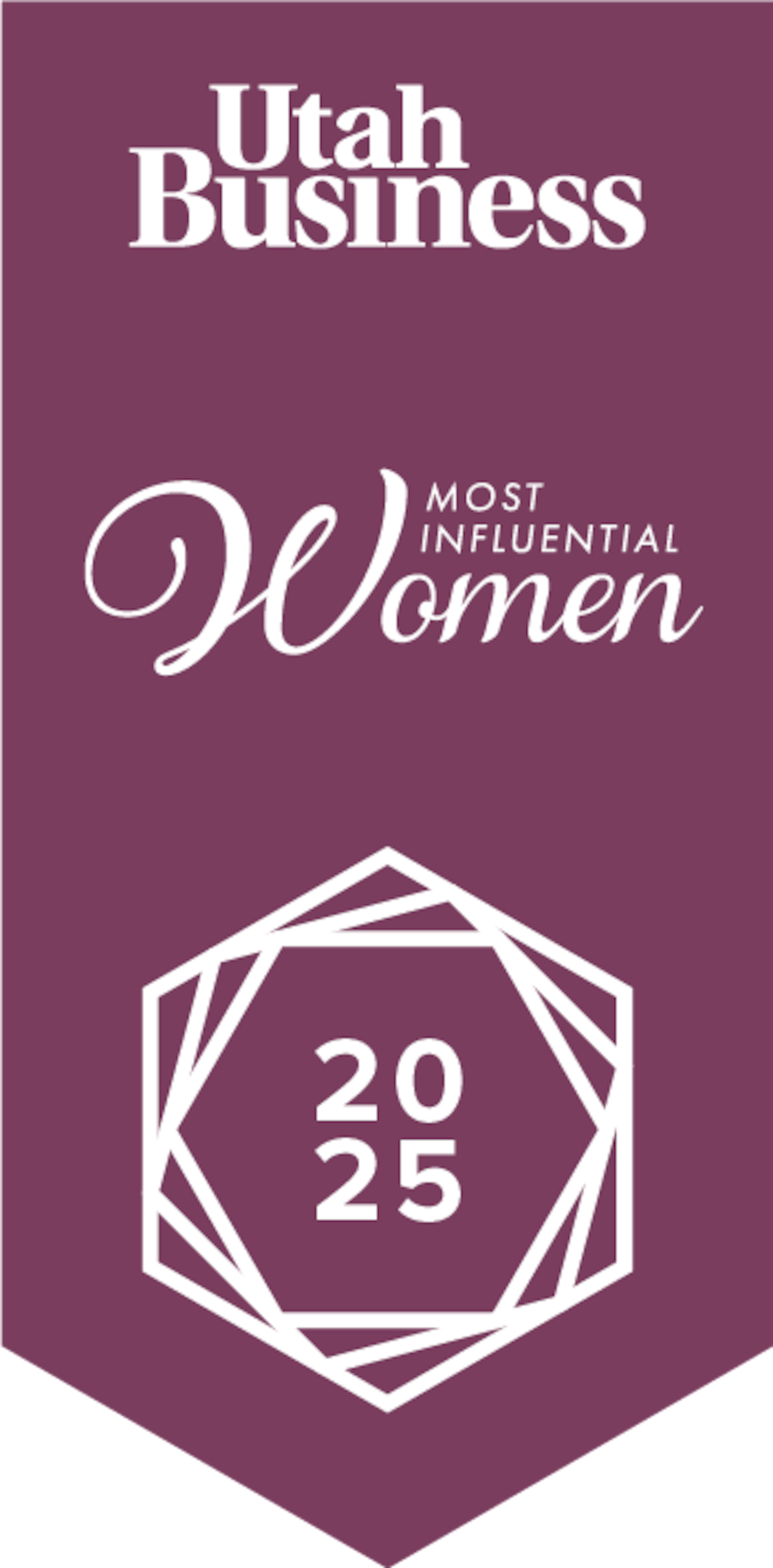Mitzi M. Montoya
SVP, Academic Affairs (Provost) | University of Utah
What specific initiatives are you implementing to ensure the university addresses Utah’s unique challenges?
To deliver unsurpassed societal impact, higher education has to evolve. … Our academic affairs office has launched a Mission-Aligned Planning (MAP) process to ensure our strategy is aligned with the university’s Impact 2030 plan. MAP gives academic leaders the tools, data and support to prioritize what matters most: student success, research excellence and societal impact. That means investing in programs that prepare Utah’s future workforce and expanding access to research that addresses the state’s most pressing problems. ... We’re growing programs and investing in classes in high-demand fields, such as healthcare, engineering, nursing and artificial intelligence, while also protecting areas that meet essential public needs.
How are you bridging academia and industry in Utah?
By partnering with local industry leaders, we can better understand where to focus our research, even as we help students develop relationships and gain experience. One example is our Responsible Artificial Intelligence Initiative (RAI). … Earlier this year, the U appointed its first chief AI officer, Dr. Manish Parashar, to lead this initiative, which aims “to advance AI to achieve societal good — all while protecting privacy, civil rights and civil liberties, and promoting fairness, accountability and transparency.” This initiative is developing partnerships within the tech and education industries, government and other areas to build the bridges that will lead to the best possible outcomes. My experience has shown me that forging these links is the best way to move innovation forward quickly and effectively.
Your background includes both engineering expertise and scholarly work in innovation management. How does this interdisciplinary perspective influence your vision for academic affairs at the University of Utah, particularly in preparing students for the future workforce?
I grew up working on cars and tinkering in the garage or around the farm with my dad, who was an engineer and lover of old cars, and my mom, who was an amazing gardener. My siblings and I didn’t know people could buy new cars or appliances or most things — we thought you built, grew and repaired what you had. More than anything, my background taught me that learning is an active process. You don’t just absorb knowledge — you apply it, you iterate, and you build something with it. That mindset has stayed with me throughout my academic career.
My background in both engineering and innovation management has shown me the value of crossing disciplinary boundaries and blending technical expertise with creative problem solving, communication and leadership. These are exactly the kinds of capabilities our students need: deep knowledge in a specific field as well as the ability to think differently within that field and connect to other fields. We need math teachers who can think like expert communicators, making abstract concepts resonate. We need social workers who can think like data scientists and engineers who can think like ethicists. When people bring multiple lenses to their work, they see opportunities others might miss, and they are better collaborators. That kind of interdisciplinary thinking is what drives innovation, improves lives and prepares students to succeed and to lead in a changing world.




